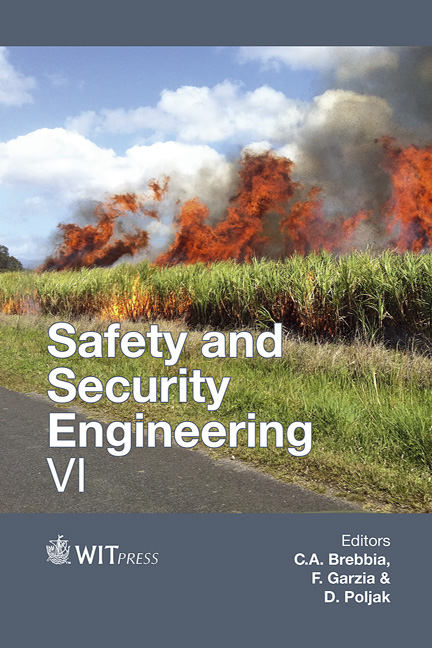Water Jet Streams Modeling For Firefighting Activities With The Aid Of CDF
Price
Free (open access)
Transaction
Volume
151
Pages
12
Page Range
323 - 334
Published
2015
Size
1,688 kb
Paper DOI
10.2495/SAFE150281
Copyright
WIT Press
Author(s)
F. A. Ponziani, A. Tinaburri
Abstract
The aim of this study is to illustrate the advantage of using computational fluid dynamics (CFD) in order to help manage fire-fighting operations on the field.
The jet streams from a water nozzle in an open field are investigated in terms of essential hydraulics characteristics such as overall shape patterns and throw.
The model developed by CFD is also based on the measures taken in an open field test programme for characterizing the nozzle of a robot kit designed for fire-fighting operations in hostile environments. The observations made during the tests are used in two ways: one way is to try to feed information to the CFD model on the hydraulics in the jet issuing from the nozzle, the other way is to compare the overall outcome from the CFD model to the results obtained in the test programme.
The first part of the study describes the features of the nozzle set up (geometry, positioning, pressures), the open field environment of the tests (space, wind), the outcome observed (stream shape, flow rate, throw). The second part of the study describes the CFD model in terms of specific characteristics of the nozzle (emerging shape patterns), of the numerical domain set (global dimensions and wind influence) and in terms of the outcome obtained (stream shape, flow rate, throw). The comparison between the tests results and the numerical results completes the study and forms the basis for a proposed combined use of information gained from real and associated virtual environment, which can be of help in managing fire-fighting activities.
Keywords
water jet, throw, CFD, droplet diameter, particles injection rate





